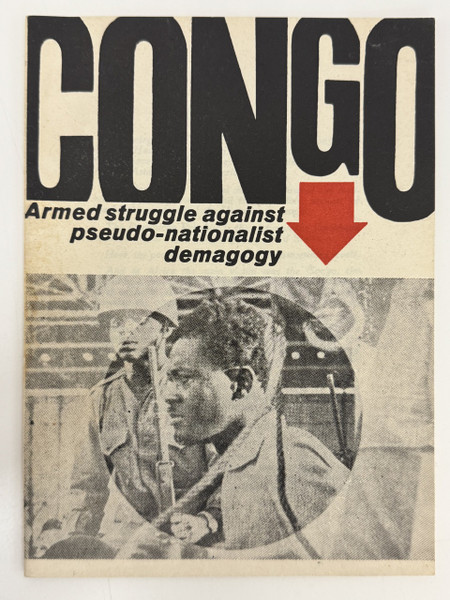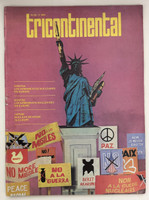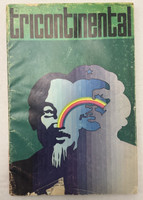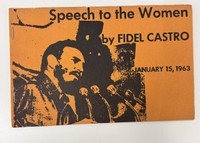- Travel
-
Exhibits
- La Portada Cubana
- Immortal Cuba: Artists Take on Their Heroes
- Seattle Poster Exhibit
- Sandra Dooley & Alejandrina Cué
- The Art of Wayacón
- Cuban Folk Art
- Cuba In Black And White
- 25 Years of Cuban Art Space
- Summer Folk Art Expo
- ¡SPRING AWAKENING FROM CUBA!
- Celebrating The Art Of Cuban Women
- Celebrating Paper, Affordable Art from Cuba
- Art of the Revolution
- Outsider Art
- Lost and Found
- En la lucha: Celebrating Cuban Women and Their Art
- Cuban Art Stash
- 100 Fires: 5 Cienfuegos Artists' Work on Paper
- Waya + Monte! Magic Realism in Cienfuegos
- Viva Cuba Viva! Poster Show
- Cultivando Sueños
- Black Lives Matter in Cuba Jan 9-March 27
- Leandro Soto: Crónicas visuales
- Cuban Canvas
-
Archive
- Global Reflection 2018: Spirit and Community
- Exhibit in the cloud: Contemporary Works on Paper
- MADE IN CUBA! MINNEAPOLIS EXHIBIT
- Cuban Posters and Photography from CCS collection
- AUTUMN SALE! Sept/Oct 2017
- SPRING ARTS AND CRAFT SALE
- Vuelo Directo/Non Stop: Alberto & Alejandro Lescay
- The Many Faces of Fidel
- Somos
- Made in Cuba!
- The US empire in Cuban graphics
- Made in Cuba/Seattle exhibit
- Entre Nos
- Looking Back
- Cuban Art Space
- Membership/Donate
- About Us
- Cuba News
-
This powerful OSPAAAL (Organization of Solidarity with the People of Africa, Asia and Latin America) pamphlet employs stark graphic design to convey urgent revolutionary messaging about the Congolese struggle. The cover features bold, condensed black typography spelling "CONGO" that dominates the upper half of the composition, with a subtitle in smaller italicized text reading "Armed struggle against pseudo-nationalist demagogy." A striking red arrow points downward, directing attention to a halftone photograph of armed Congolese soldiers in military uniform. The high-contrast design—combining massive typography, documentary photography, and a single accent of revolutionary red—creates an immediate visual impact that reflects the urgency and seriousness of the anti-colonial struggle being documented.
Published following the First Tricontinental Conference held in Havana in January 1966, this pamphlet represents OSPAAAL's commitment to documenting and supporting liberation movements across Africa, Asia, and Latin America. The text explicitly positions the Congo alongside Vietnam and the Dominican Republic as principal victims of imperialist aggression, while honoring the legacy of Patrice Lumumba, the martyred Congolese independence leader assassinated in 1961. The pamphlet provides detailed analysis of Belgian colonial policy, the rise of neocolonialism following independence, and the emergence of guerrilla struggle as the path toward genuine liberation.
OSPAAAL was founded at the 1966 Tricontinental Conference as an institution to coordinate international solidarity with revolutionary movements worldwide. Based in Havana, the organization became famous for its sophisticated graphic design output—particularly its iconic poster series—which combined modernist aesthetics with revolutionary politics. This Congo pamphlet exemplifies OSPAAAL's approach: using bold, economical design to frame complex political analysis for international distribution. The publication analyzes the Congo's vast natural resources (including the world's richest copper and cobalt deposits), the manipulation of these resources by foreign monopolies, and the relationship between past colonialism and contemporary neocolonialism, presenting the guerrilla movement as the continuation of Lumumba's unfinished liberation project.
-
-
Discover More at the Center for Cuban Studies







